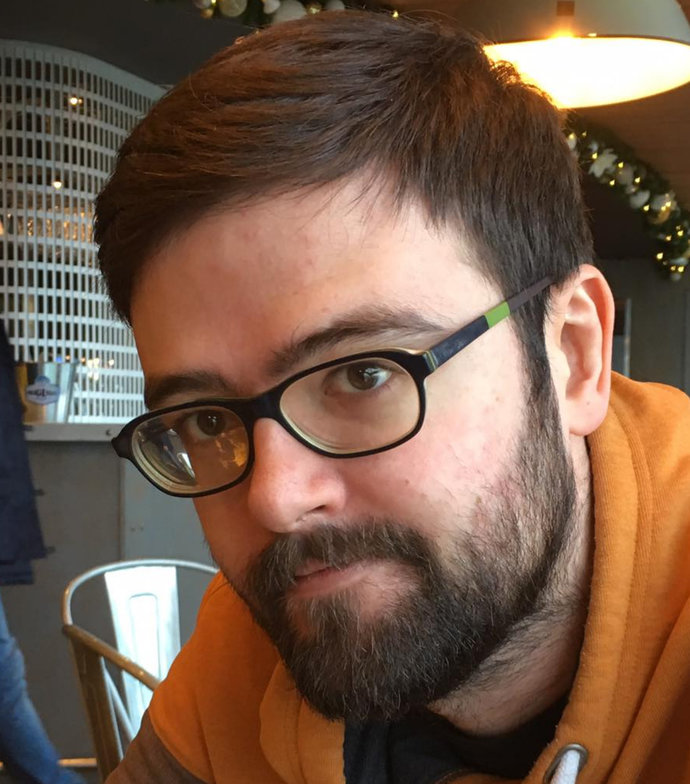
Recently, the annual meeting of the FAIR-GSI Exotic Nuclei Community (GENCO) took place via videoconference. Part of the event — as every year — was the presentation of the Young Scientist Award as well as the admission of new members. The special colloquium "Ode to projectile fragmentation" was given by Professor Marek Pfuetzner from the University of Warsaw.

Each year, the European Research Council (ERC) awards several extremely prestigious research funding prizes for cutting-edge research. The outstanding quality of scientific research at GSI and FAIR was directly recognized last year with two "ERC Advanced Grants" for GSI physicists Marco Durante and Gabriel Martínez-Pinedo. In addition, GSI and FAIR also attract ERC grant laureates from other research institutions who are closely connected to GSI/FAIR through their specialist topics or who…
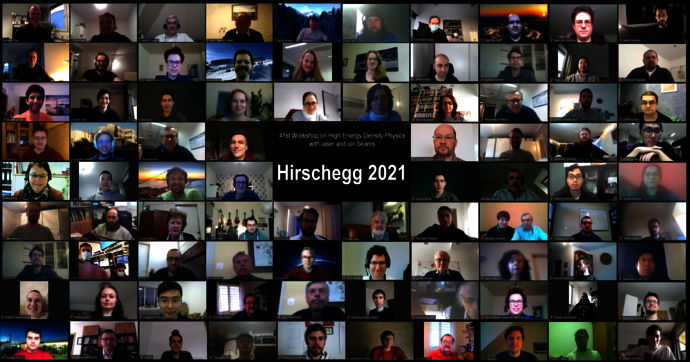
About 220 experts from all over the world participated in the "PHEDM-Hirschegg Workshop 2021": With the new meeting format as an online event, the organizers were able to make accessible the five-day meeting to a large number of participants and at the same time take the corona situation into account.
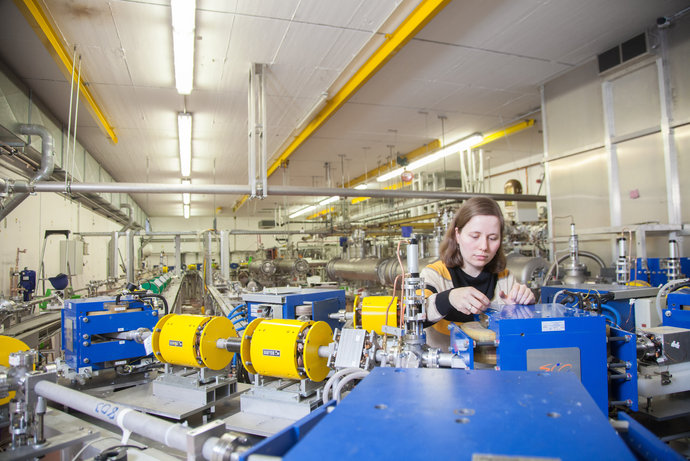
The Hessian state government is supporting cutting-edge research in Hesse with almost 40 million euros over a period of four years. Six projects of the universities in Darmstadt, Frankfurt, Giessen and Marburg together with further universities and non-university research institutions will be supported in the funding line "Cluster Projects" launched by the state from April 2021. In this way, the state is strengthening the research areas that shape the profile of Hessen's universities, including…
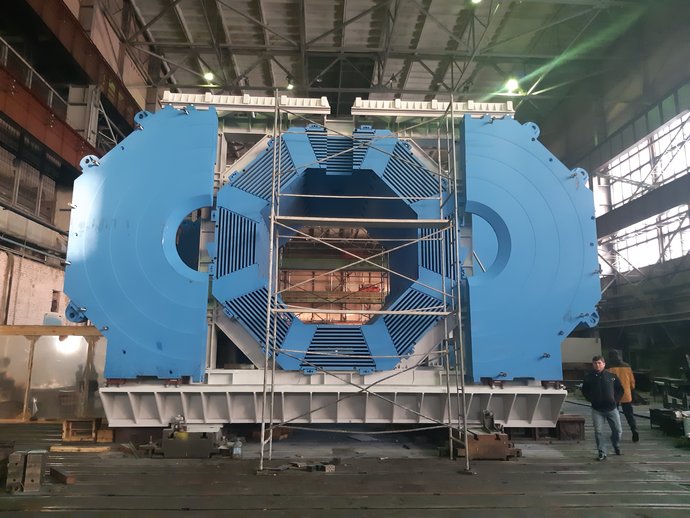
The developments for PANDA, one of the key experiments of the future accelerator center FAIR, are progressing steadily. Another important stage has now been reached: The yoke of the PANDA solenoid magnet was fully assembled at the steel construction company SET in Novosibirsk. The final tests of doors were done recently.
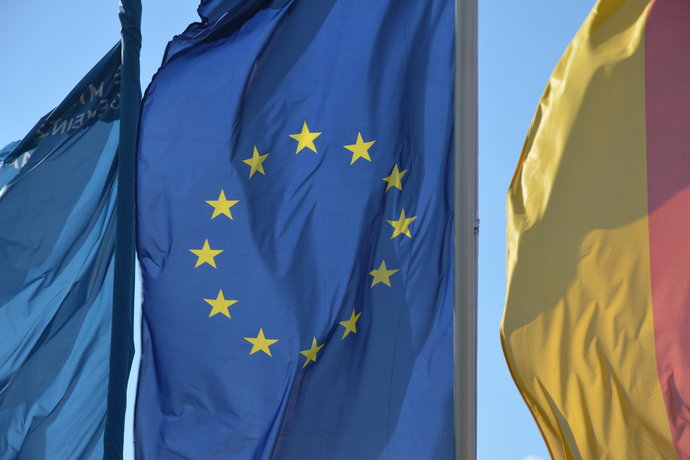
Several GSI/FAIR research areas receive EU funding in the millions. Four planned infrastructure projects in the fields of tumor therapy with heavy ions, innovative methods for industrial radiation testing and new technology developments for accelerator facilities were successful in current EU tenders and have received funding commitments. FAIR and GSI play a decisive role in each of these projects, which are carried out in international collaborations.

Today, the GSI/FAIR accelerator facilities successfully started a new operating phase to conduct scientific experiments of the FAIR Phase 0 program. From February to July, scientists from all over the world will investigate numerous research questions in the fields of nuclear physics, atomic physics, biophysics, materials research and plasma physics in the framework of approximately 80 approved experiments. We look forward to a rich harvest of scientific results.
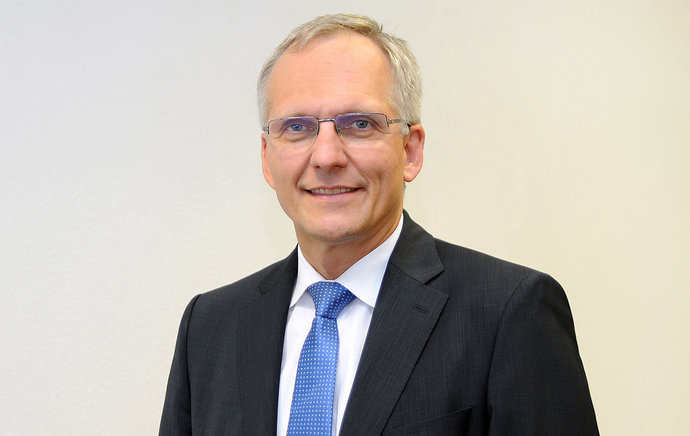
Jörg Blaurock will continue his successful work as Technical Managing Director of GSI Helmholtzzentrum für Schwerionenforschung GmbH and Facility for Antiproton and Ion Research in Europe GmbH (FAIR GmbH) for the next five years. His second term has begun on February 1, 2021. The FAIR Council and the GSI Supervisory Board have acknowledged his achievements and expressed their wish for him to continue for another term.
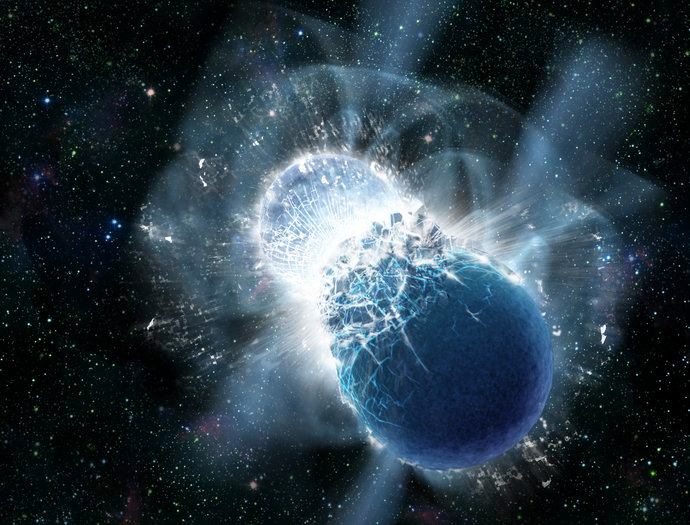
Where and how does nature produce noble metals such as gold and platinum? This is one of the most exciting questions in physics. Astrophysical observations were able to unveil this mystery only a few years ago. The worldwide attention was immense; the interest in the topic has grown strongly since then. A group of top-class experts now evaluated and summarized the current state of knowledge and presented a review article in the renowned scientific journal "Reviews of Modern Physics". More than…











